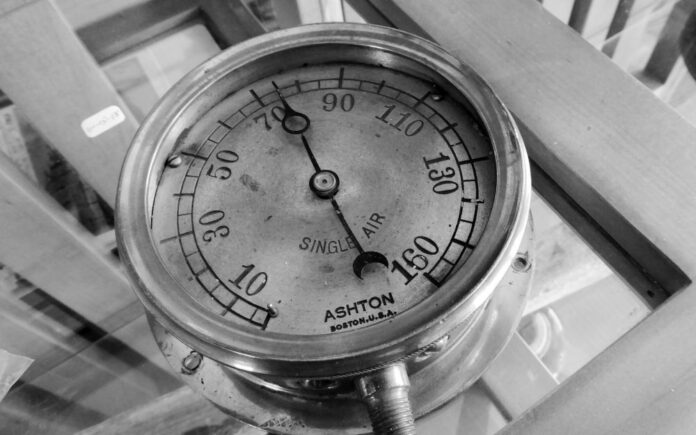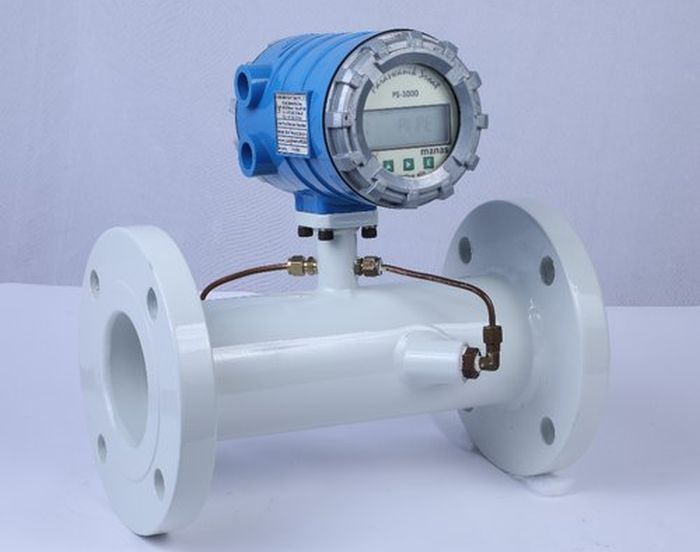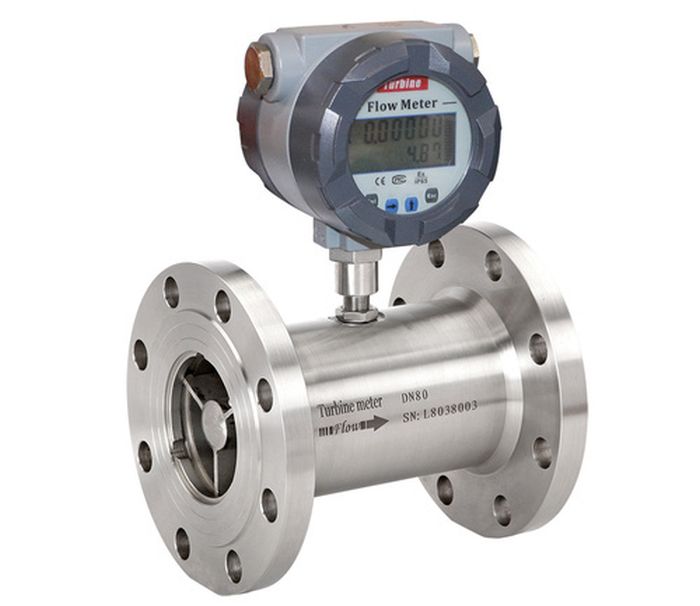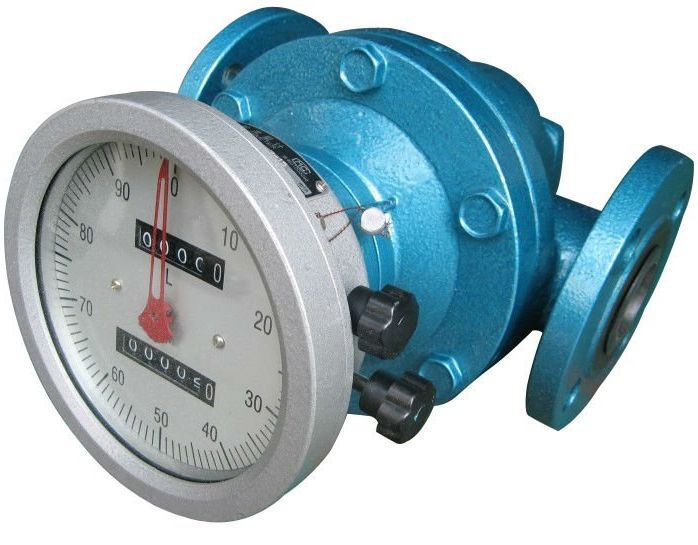
Since their discovery, the use of natural gas and oil as raw materials for the production of many derivatives has been a principal focus of the industries. Especially, it is a cornerstone of the economy of some of the richest countries around the world, making an ounce of great value.
With that in mind, many scientists have dedicated their work to make an efficient measure device to be used while extracting these materials and sending them to be processed. Through their effort, many different systems have been created and kept improving.
How are the oil and natural gas get by industries?
Before starting with this list, it has to be known how these resources are obtained. Both raw materials can be found forming reservoirs located in different fields mostly of limestone or sandstone. To extracting them, the companies drill on the terrain to make it easier to get, some using high-pressure water as help.
Sometimes the deposits are in impermeable rocks, among other unconventional hydrocarbons. In these cases, the low permeability requires a different extraction method, choosing a mix of high-pressure water and sand pumped to fracture the rock, called hydraulic fracturing, allowing the materials to flow.
In both cases, an especial measuring device is employed to measure the water or the fracturing fluid that is pumped into the rock. Next, here are presented the Top 7 Liquid Flow Measuring Devices for Oil and Natural Gas.
1. The Coriolis Flow Meter
The first patent of this device was originated in 1950, and from that moment little changes have been made to make it more accurate. Currently, its design consists of two tubes with thin walls. Its principle depends on the twist of oscillating tubes when the materials pass through them. The number of twists detected is related to the quantity of material and transformed into a linear flow signal by the device.
This measuring device has high accuracy, requires low maintenance, and with frequency is used to measure a great variety of petroleum products and derivatives like oil and natural gas. On the other side, its function is more focused on measuring the mass flow rate that passes through the tube than its total volume. Albeit expensive is worth it.
2. The Ultrasonic Flow Meter

It is a high technology device that uses sound waves to measure the velocity of the oil that runs through the pipe. It is mostly designed and used to measure crude oil, and it has two variations, one more accurate than the other. The inline design is used to measure the velocity directly inside the pipe, it can be installed on pipes of 20-inches, and has high accuracy. On the other side, there is the clamp-on design, using transducers to work, with less accuracy but also with low maintenances needs. There are many portals and companies where you can find these devices.
3. The Thermal Flow Meter
Most commonly used to measure natural gas. Utilizes heat injected directly on the stream of gas and measures the speed of dissipation of said heat. That dissipation can vary according to two factors related to the raw gas: the composition and the temperature, which is why this device is used best when any of those is minimized or also when the error margin is within an acceptable rate.
4. The Turbine Flow Meter

As the name suggests, this device uses a special turbine. Inside the pipe, there is a rotor and a shaft that are jointed. This mechanism measures the speed of the flow, determined by how fast it moves the rotor while it passes through. Commonly, it is used to measure the volume of different materials in gas and liquid state. The movement of the rotor is detected by sensors, very often magnetics, which are outside the pipe, which is how the devices determine the volume of crude running inside the tube.
This type of flow meter is cheaper, especially useful to measure gas, more so a mass with unknown proprieties. It is very suited to be placed in tubes of 10 inches plus size. On the downside, it is not fully prepared for varying flows since this can cause the wear and tear of its parts, requiring maintenance in such cases.
5. The Differential Flow Meters
This flow meter measures the volume of the stream that runs through the tube using the Bernoulli’s equation. This system utilizes a contracted segment to slow down the speed of the stream. The flow pressure and the pressure drop’s size have a proportional relation, while one increases the other follows, and this is detected by its sensors. The data obtained is used to calculate the volumetric flow, which results from the variations in the pressure.
This device has a low price, with different variations for different substances. It’s important to mention that more sensors are needed when measuring gas because of the increasing number of variables that need to be taken into consideration like the temperature, density, etc.
6. The Positive Displacement Flow Meters

This kind of flow meter is commonly used as a gas flow measuring device that not only applies to the industry but also commerce and residential areas. It is excellent when used to measure a continuous flow in a pipe of 10 inches or less. There are many types of this device: you can find some with oval gear, that uses a piston, diaphragm, or rotary based, among others. Unfortunately, it lost to the Coriolis Flow Meter as the first option to be used because the industry has still not granted all the approvals for the utilization of this device.
7. The Vortex Flow Meters
This flow meter is very practical capable of being used as a liquid flow measuring device as well as with liquids and steam flows. Only recently was approved a draft standard to its use in the industry in 2007, extended to 2010, and still has increasing popularity for future companies.
Finally
With the development of technology, many flow measuring devices are currently used by the industry, and many more are being introduced into the market over time. In this way, portals such as www.smartmeasurement.com and many others, offer the most used models of Coriolis flowmeters and other options to satisfy the needs of the industries.
















